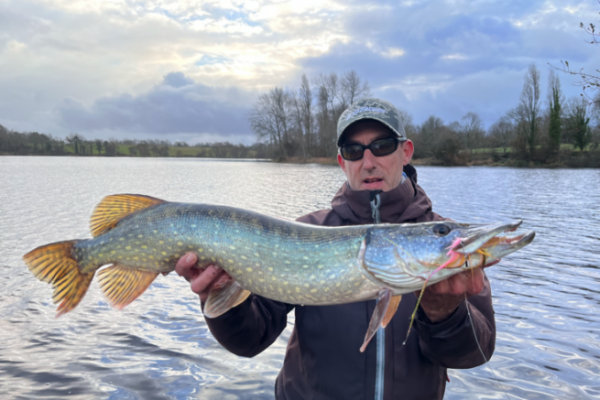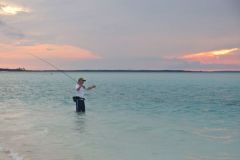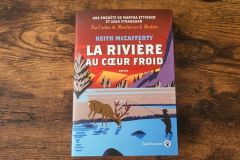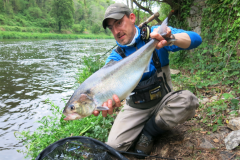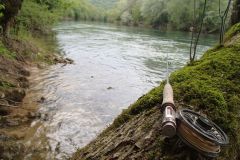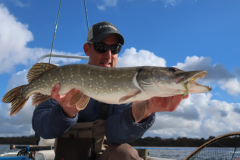Choice of equipment according to conditions and fish activity
The end of summer marks a time when you absolutely must return to the water's edge to tempt pike. However, you'll need to adapt to the conditions, which can change from day to day and depending on the fishing spot.
Forage fish are to be found in the edges, and perch and pike have a field day! As usual, you'll have to find the schools of forage to find the predators that follow them.
To begin with, you should often try imitations of small, fairly realistic forage fish (roach, bleak, perch, etc.) in 10 to 15 cm sizes. If you don't get any results, you can then change strategy and try a larger size, even using more attractive colors.
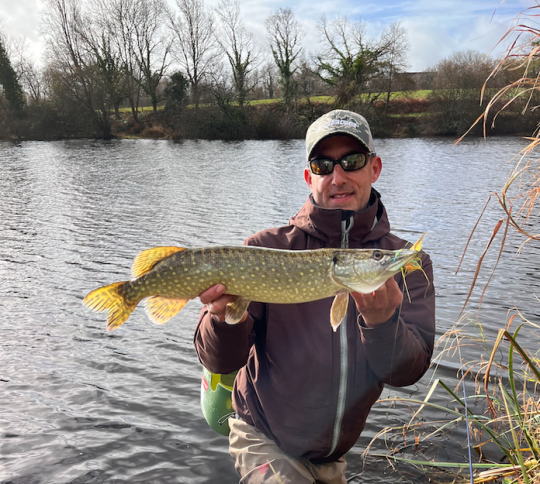
It's vital not to be stubborn and to quickly change a number of factors: types of stations, flies, animations and even to change silk if certain deeper corners are accessible from the shore or if you have a boat.
A 9-power rod is a plus for casting far without tiring, especially when using large flies. A cassette reel or several spare spools enable you to change strategy quickly. You'll also need a wide choice of fly sizes and colors.

In early autumn, adapt to the weather
Whether you're using "small" flies or, conversely, larger, more voluminous flies, don't hesitate to change your technique and strategy quickly. Switch from floating to intermediate or even diving lines. Pikes can quickly change spot and come to the edges or, on the contrary, stay back.
Fish that are not in the edges will certainly be in the obstacles and structures (dead wood, stumps, riprap) that often keep fish foraging, or on decomposing grass beds. Occasionally, they'll be just a little further out on the breaks near the shallows or edges of deeper areas.
In terms of animations, don't hesitate to animate relatively quickly at this time of year. The water is not yet too cold and the fish can react with reflex strikes. Annoying them can be a good strategy when bites are few and far between.
Vary your flies, animations and position types once again. If bites are slow to appear, it's either the fish aren't active, or you're not doing the right thing. It's time to think again.
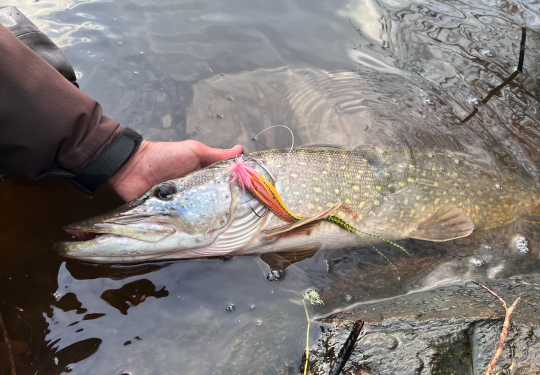
Late autumn, early winter: bring out the heavy artillery!
As temperatures drop with the approach of winter, pike will continue to feed, but less frequently and with a preference for larger prey.
Schools of perch and forage fish gather. Carnivores are often nearby. A depth sounder can be a great help, but if not, look at the surface if you see activity. Birds, especially cormorants, can also help you find the forage.
Perch imitations are often worth a try on a day trip if bites are scarce. Pike are fond of them, but they also compete for food.
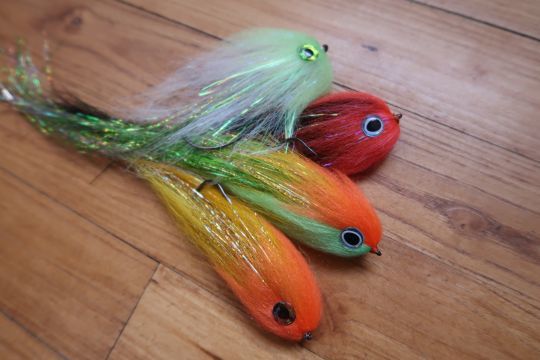
Flies over 20 cm will become the norm, so don't hesitate to bring out the heavy artillery! Big flies that grow out of the water (holo rigs) and imitations with appendages (tails, rattle, blade) will have their day.
Animations will start to get slower and slower, or at least with more pronounced pauses. Stop and go is an animation I often like, even at this time of year, but sometimes it's the real, very slow animations with a fly hovering over the background that make the difference.
We need to test different approaches and see what works.
If you find a pike on a post. Insist a little longer. They may be starting to gather at this time of year to hunt, but also as winter sets in.
